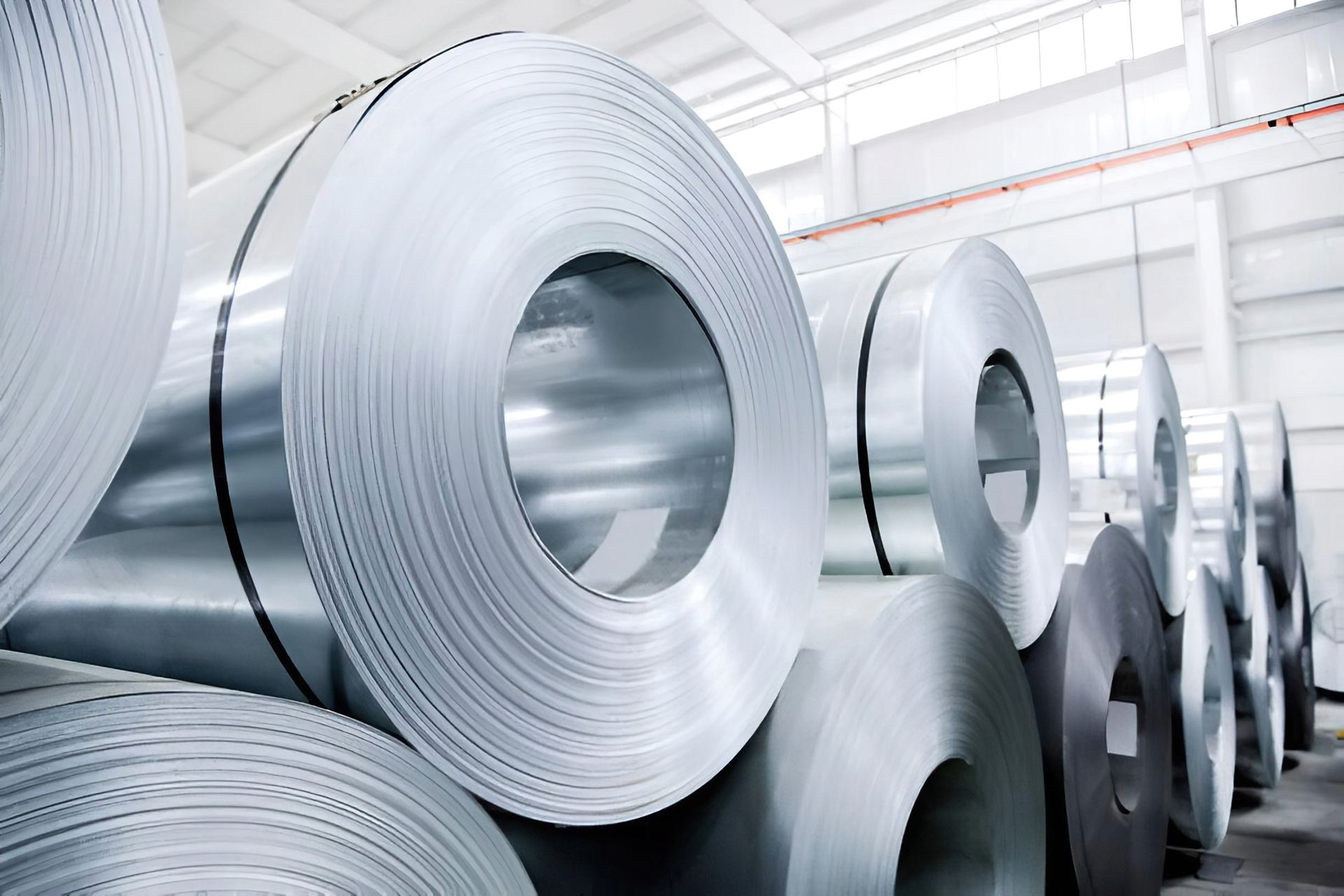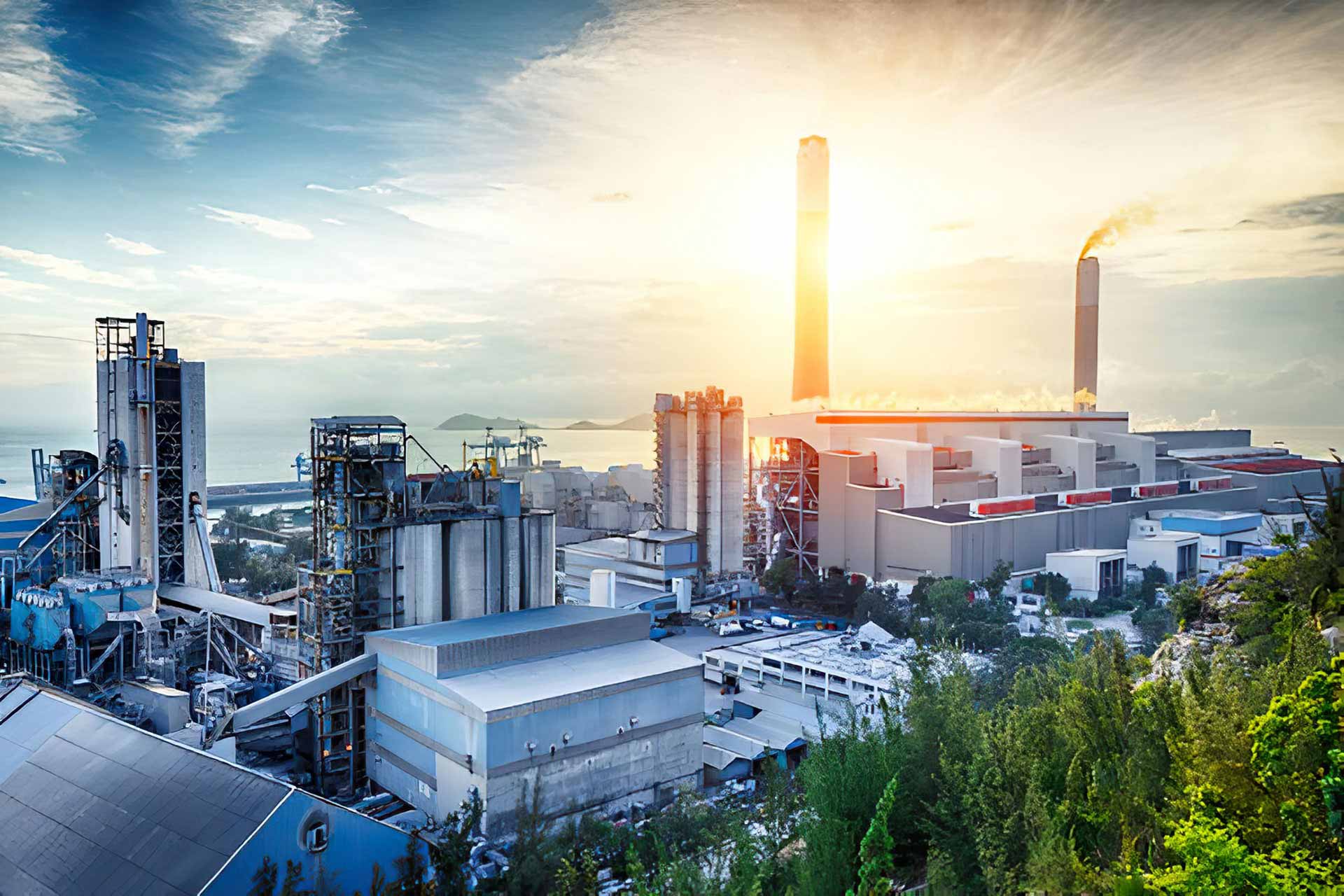Introduction
Did you know Iran has immense potential in non-ferrous or “colored” metals? These metals, prized for their specific properties like high corrosion resistance and excellent electrical conductivity, hold substantial importance in global industry and trade. In this article, we’ll explore the state of non-ferrous metals in Iran, the quality of its products, available mines, and export opportunities.
Importance of Non-Ferrous Metals in Global Industry and Trade
Non-ferrous metals—including copper, aluminum, brass, bronze, silver, and gold—are widely used in industries like electronics, automotive, construction, and jewelry. These metals are valued in global markets due to their unique characteristics, such as lightness, corrosion resistance, and high electrical conductivity.
Quality and Production of Non-Ferrous Metals
The quality of non-ferrous metals produced in Iran is notable due to advanced technologies and international standards. Iranian producers utilize state-of-the-art technology and adhere to global standards, enabling them to deliver high-quality products that meet international market demands. Iran plays an active role in producing and exporting non-ferrous metals. Major non-ferrous metal products exported from Iran include:
Copper
Iran is a significant copper producer in the region. Copper products like copper concentrate, copper cathode, and copper wire are exported to other countries.
Aluminum
Iran’s aluminum exports include aluminum ingots, aluminum profiles, and aluminum sheets, which are shipped to various countries.
Zinc
Zinc is another non-ferrous metal produced in Iran, available as zinc ingots and other products that are exported internationally.
Lead
Iran exports lead products, including lead ingots and lead alloys.
Gold and Silver
Iran is active in producing gold and silver, exporting these valuable metals as ingots and other gold and silver products to other countries.
Metal Resources in Iran
Iran actively engages in producing and exporting non-ferrous metals, with each metal mined or produced in specific regions of the country. Here’s a breakdown of each metal and its primary region:
Copper
Kerman Province:
Kerman, especially the Sarcheshmeh city, is one of the largest copper resources in Iran and the Middle East. Sarcheshmeh Copper Mine is a significant copper resource, exporting products like copper concentrate and cathode.
East Azerbaijan Province:
Sungun Copper Mine in this province is another primary copper production source in Iran.
Aluminum
Khuzestan Province:
Iran Aluminum Industries (IRALCO) is located in Markazi province, and Al-Mahdi Aluminum Company is based in Bandar Abbas, producing aluminum ingots and profiles.
Markazi Province:
IRALCO, located in Arak, is one of Iran’s main aluminum producers.
Zinc
Zanjan Province:
This province is one of Iran’s major zinc production areas. Several factories, including the Calcimin Company, produce zinc ingots here.
Yazd Province:
Yazd also has significant zinc mines, producing various zinc-related products.
Lead
Yazd Province:
Yazd is known as a key lead mining region in Iran, hosting mines and lead ingot production facilities.
Zanjan Province:
Besides zinc, Zanjan is also a major lead producer.
Gold and Silver
West Azerbaijan Province:
Zarshouran gold mine in Takab County is among the largest gold mines in Iran, producing extracted gold products.
Razavi Khorasan Province:
Torqabeh Gold Mine in this province provides part of Iran’s gold production.
Kurdistan Province:
Qorveh gold mine is another source of gold in Iran, with products extracted from this mine.
Export Opportunities for Non-Ferrous Metals from Iran
Exporting non-ferrous metals is a significant part of Iran’s foreign trade. With high quality and competitive pricing, Iranian products attract international markets, especially in Asia and Europe, which have high demand for Iranian non-ferrous metals.
Target Markets for Non-Ferrous Metal Exports
Iran has numerous target markets for exporting non-ferrous metals. Below are specific target markets for each non-ferrous metal product:
Copper
Asian countries like China, India, and Turkey are major importers of Iranian copper. European countries such as Germany and Italy are also key markets for copper and related products like copper concentrate and cathodes.
Aluminum
The United Arab Emirates, Turkey, India, and China are primary markets for Iranian aluminum. Additionally, Central Asian countries like Uzbekistan and Kazakhstan are significant buyers of aluminum products.
Zinc
China, Turkey, and India are major importers of Iranian zinc. European countries like Belgium and Spain are also destinations for exporting zinc ingots and related products.
Lead
Asian nations such as China, India, and Turkey are top importers of Iranian lead. South Korea and Japan also serve as main markets for this metal.
Gold and Silver
The UAE is a major target market for Iranian gold and silver exports. Other Asian countries like Turkey and India also offer attractive markets for these precious metals.
Due to their high demand for raw materials and metal products, these markets represent valuable destinations for Iran’s non-ferrous metal exports.
Benefits of Exporting Iran’s Non-Ferrous Metals
Exporting non-ferrous metals offers numerous advantages for traders, contributing to profitability and business growth. Key benefits of exporting non-ferrous metals include:
High Profitability
Non-ferrous metals like copper, aluminum, gold, and silver are highly valued, and their export can bring substantial profits for traders. Global demand for these metals, especially in industrialized countries, is consistently increasing.
Access to International Markets
Through exporting non-ferrous metals, traders gain access to global markets, which enhances their reputation and expands their business internationally.
Diversification of Income Sources
Exporting non-ferrous metals allows traders to diversify their income streams, reducing dependency on domestic markets. This diversification lowers business risks and strengthens business sustainability.
Connections with Major Companies and Industries
By exporting non-ferrous metals, traders can connect with global companies and large industries in sectors such as manufacturing, construction, automotive, and electronics. These relationships can lead to long-term, profitable collaborations.
Utilizing Tax and Customs Exemptions
In many countries, exporting metal products benefits from tax and customs exemptions. Traders can take advantage of these incentives to reduce costs.
These benefits enable traders to capitalize on global market opportunities, supporting business growth and securing sustainable profits.
Challenges and Solutions
Despite Iran’s vast potential in producing and exporting non-ferrous metals, some challenges remain. Infrastructure issues, the need for process improvements, and global competition pose obstacles. Close cooperation with international companies, adopting advanced production technologies, and improving marketing strategies can help overcome these challenges.
Mansion Consulting offers specialized consulting and full export services from start to finish, helping you overcome existing challenges and deliver your products to their destinations swiftly and efficiently.
Conclusion
Iran’s non ferrous metals enjoy a significant position in global markets due to their rich reserves, high quality, and competitive pricing. By investing in new technologies and improving production processes, Iran can strengthen its role in international markets and become a leading exporter of non-ferrous metals.




